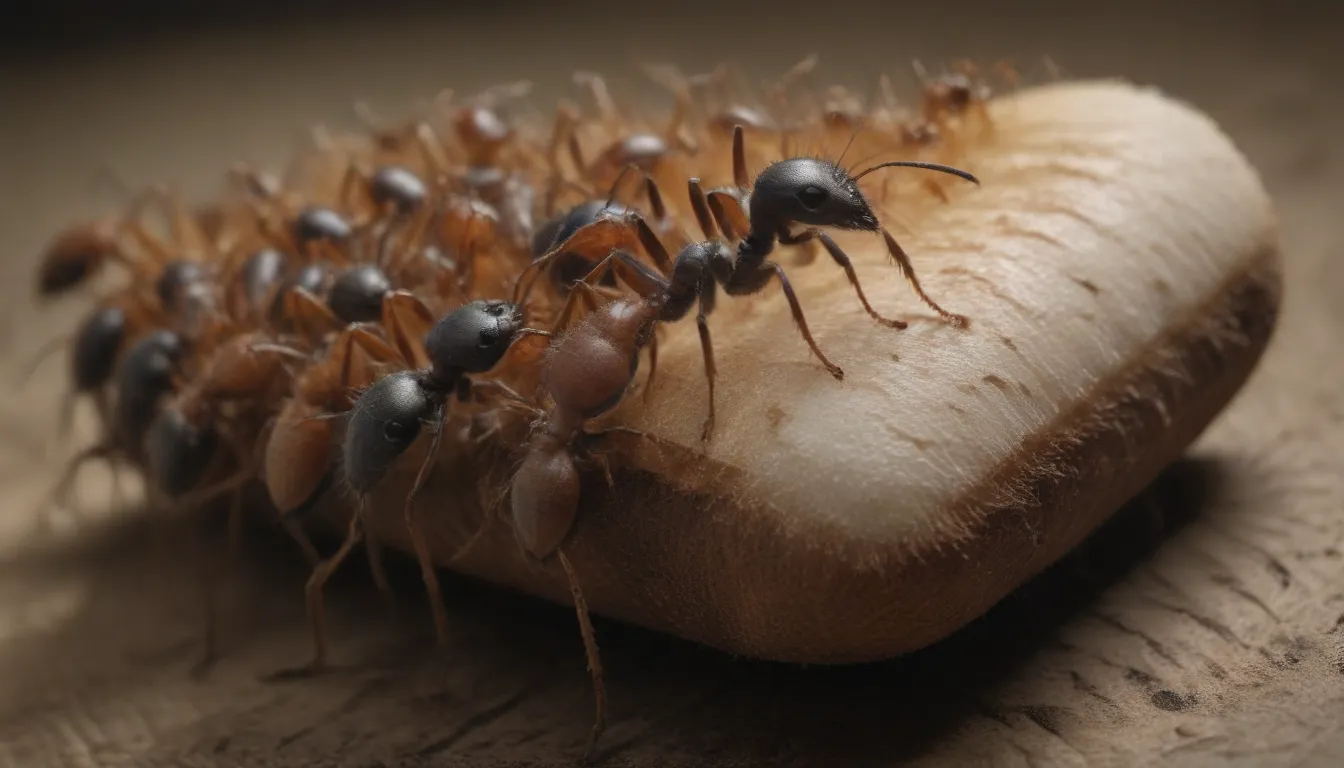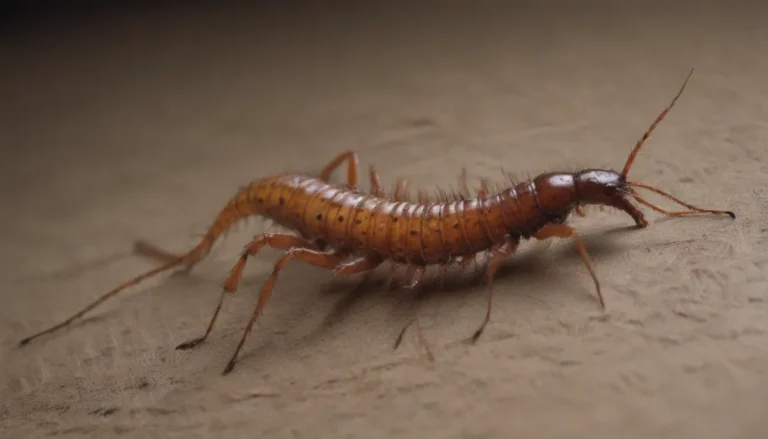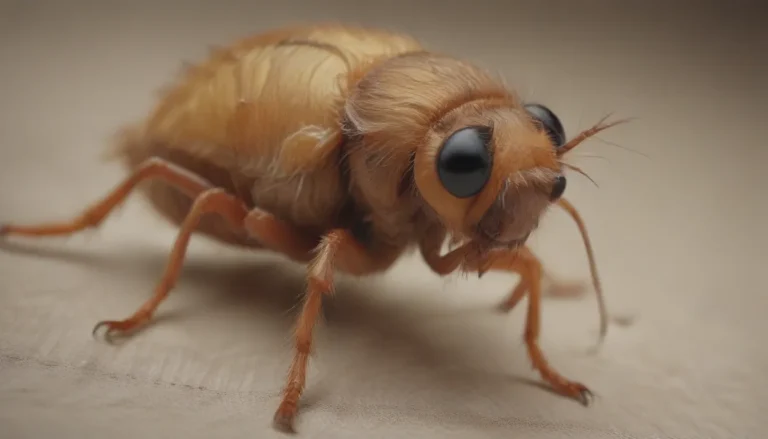Everything You Need to Know About Getting Rid of Sugar Ants

Are you tired of dealing with those pesky sugar ants invading your home and causing a headache? Well, you’re not alone. Sugar ants, also known as odorous house ants, are a common nuisance that can quickly become a problem, especially after rainy weather. In this in-depth guide, we will explore everything you need to know about sugar ants and how to get rid of them for good.
What Are Sugar Ants?
Sugar ants, scientifically known as Tapinoma sessile, are a species of ant that are commonly found invading homes in search of food. These ants are small in size, do not sting, and rarely bite, but they can invade your space in large numbers, especially if they have found a source of sweet treats like fruit, candy, desserts, and sodas. While sugar ants do not pose any significant risks to humans, their steady lines and constant search for sweets can be a real nuisance to deal with.
What Is a Budding Ant?
One interesting fact about sugar ants is that they are considered “budding ants.” This means that they have multiple queens within their colony that work together for reproduction and protection. When a budding ant colony becomes too crowded, one or more queens will leave with a group of workers to establish a new nest elsewhere. This unique trait sets sugar ants apart from other ant species and can make them a bit more challenging to control.
Signs of a Sugar Ant Infestation
Before you can effectively get rid of sugar ants, you need to be able to identify the signs of an infestation. Here are some common indicators that you may have sugar ants in your home:
- Active trailing: Look for steady lines of ants moving in and out of your home, especially near food sources.
- Nesting spots: Sugar ants prefer warm, hidden areas to build their nests, such as:
- Inside walls
- Underneath floors
- In electrical outlets
- Outdoor activity: Keep an eye out for ants nesting in:
- Decaying wood
- Mulch beds
- Underneath rocks or paving stones
If you notice any of these signs, it’s essential to take action to eliminate the infestation before it becomes a more significant problem.
How to Get Rid of Sugar Ants
Seal Them Out
One of the first steps in getting rid of sugar ants is to seal up any cracks or entry points that could allow them to enter your home. This could involve caulking around:
– Baseboards
– Window sills
– Door frames
By blocking off potential entryways, you can prevent sugar ants from invading your space in the first place.
Reduce Food Sources
Sugar ants are relentless in their search for sweet treats, so it’s crucial to eliminate any potential food sources that may attract them to your home. Here are some tips for reducing food sources that may attract sugar ants:
– Clean up spills and crumbs promptly
– Store food in airtight containers
– Remove garbage regularly
– Clean up spills and crumbs promptly
By removing food sources, you can make your home less appealing to sugar ants and help deter them from sticking around.
Try Natural Baits and Repellents
If you prefer to avoid harmful chemicals, there are natural remedies you can use to repel sugar ants from your home:
– Vinegar: Mix equal parts vinegar and water in a spray bottle and use it to wipe down surfaces where ants have been spotted.
– Peppermint: Place peppermint essential oil on cotton balls and scatter them around areas where ants are present.
– Bay leaves: Place bay leaves in your pantry or cabinets to deter ants from entering.
– Diatomaceous earth: Sprinkle food-grade diatomaceous earth around entry points to create a barrier that ants won’t cross.
Use Ant Bait
For a more targeted approach, you can use ant bait to draw sugar ants away from high-traffic areas and toward a bait station. By placing bait where ants are likely to find it, you can help reduce their numbers and eventually eliminate the colony.
Hire a Professional
If your sugar ant problem is severe or persistent, it may be time to call in a professional pest control service. Experienced professionals can help positively identify the ants you’re dealing with and recommend the appropriate treatment options to get rid of them for good.
What Causes Sugar Ants in Your Home?
There are several reasons why sugar ants may be attracted to your home, including:
– Rainy weather flushing ants out of the soil
– Overwatering your garden
– Food sources left accessible for ants
By addressing these underlying issues, you can help prevent sugar ants from taking up residence in your home.
Sugar Ants vs. Pavement Ants
One common mistake when dealing with ants is misidentifying the species. Sugar ants are often confused with pavement ants, which are also small, brown ants. One way to tell them apart is by looking at the nodes on their abdomens. Sugar ants have a single node, while pavement ants have two. If you’re unsure about the type of ant you’re dealing with, it’s best to seek professional help for proper identification and treatment.
Final Thoughts
In conclusion, dealing with sugar ants can be a frustrating experience, but with the right approach, you can effectively eliminate them from your home. By following these tips and taking proactive measures to prevent future infestations, you can enjoy a pest-free living space without the annoyance of sugar ants. Remember, if you’re dealing with a severe or persistent infestation, don’t hesitate to seek professional help to ensure the problem is dealt with effectively.
Remember, prevention is key when it comes to pest control, so be proactive in sealing off entry points, reducing food sources, and using natural remedies to keep sugar ants at bay. With some patience and persistence, you can say goodbye to those pesky sugar ants for good!





